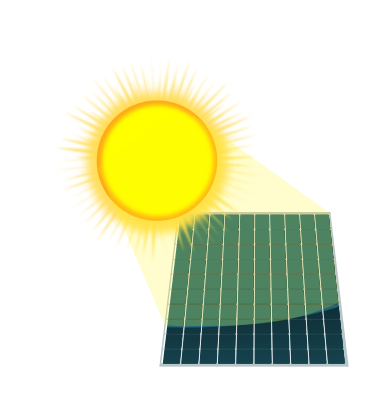A teetering U.S. residential solar industry may now be on the brink of collapse. Faced by macroeconomic challenges and shifting sands of state and federal policies, an industry once defined by double-digit growth in installations is experiencing steep declines – and the latest draft of the One Big Beautiful Bill Act makes things far worse.
The latest draft of the bill is bad all-around for clean energy, but it is particularly damaging to residential solar, cutting federal tax credits far sooner than expected.
Residential solar installations declined 31% in 2024. Over the last year, industry titans like SunPower, Sunnova, and Mosaic Solar have filed for bankruptcy.
The industry historically has leaned on the value proposition of lowering customer electricity bills and providing predictable costs for the long-term. However, that value has been increasingly difficult to provide.


deleted by creator
1000x over a really inefficient type of solar panel, no comparison with the modern silicon panels, that article is trash.
Modern solar panels are cheap and efficient enough, the issue is energy storage, still expensive and unviable for large scale.
Just want to chip in to say this depends a lot on geography. Places like Sweden with big hydro capacity can store huge amounts of energy easily, and release really fast.
This right here is why you do not ever trust Media coverage of science. This shows a good increase for a particular material system, but to be clear: Silicon solar panels can achieve around 20-25 mA/cm^2 at 0.7 V while this system jumped up to 11.3 MICRO amps at 7 MILLI volts. A jump for a material system is published to show that a material could use further study, but that doesn’t mean it’s competitive with current tech yet. The real thing to watch for is increasing efficiency and low cost of halides.
I’m a solar researcher, I’m used to any attention over hyping our results.
Tell us more about your field of solar research and what bit around it you think we might need to know about.
Silicon is hardly the best path forward but we have seen evidence of international sabotage of progress
https://pv-magazine-usa.com/2020/02/03/hanergy-named-in-class-action-complaint-by-ex-employees-at-alta-devices/
Alta had custom implementation of 3-5 growth in order to produce high efficiency solar cells at a price competitive for ships, drones, etc. But once the tech for GaAs becomes competitive with silicon then the industry shifts, that’s not a welcomed change.
Just an opinion.
So you feel China is betting on Silicon and that the actual future is Gallium arsenide ?
Because it has a direct band gap and at 1/50 of the thickness would be cheaper and more efficient than silicon?
It’s more complicated. Silicon has an overwhelming advantage on manufacturing because of IC, ultimately that will make the dollar per watt hard to beat. That’s why Alta focused on applications with limited area.
I mentioned halides earlier (also called perovskite unfortunately). If you look at the NREL chart https://www.nrel.gov/pv/cell-efficiency the bottom right showed halides rapidly increasing in efficiency and the manufacturing has the potential to scale a lot. I remember a conference presentation a few years back showing efforts to repurpose newspaper printing machinery and just roll out cells at high volume.
My secret little inside tin foil hat voice says China might not be comfortable with an American supremacy in tech that can make relatively inexpensive drones that stay in the air indefinitely.
USA can pass a law making solar panels illegal.
It fucks the rest of the world too tho (global warming).